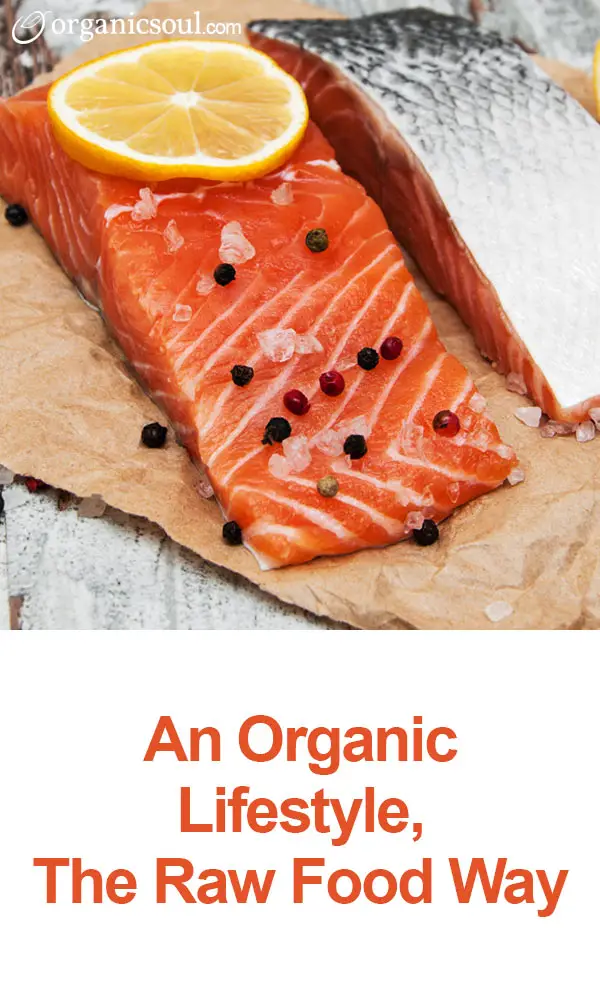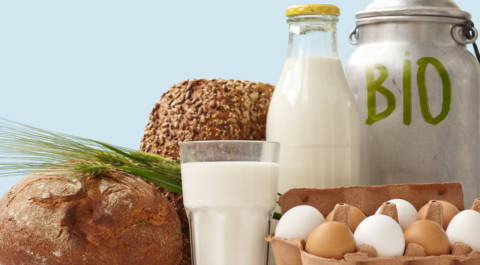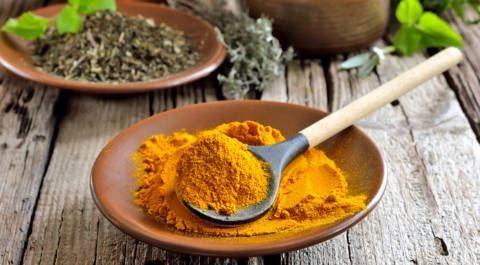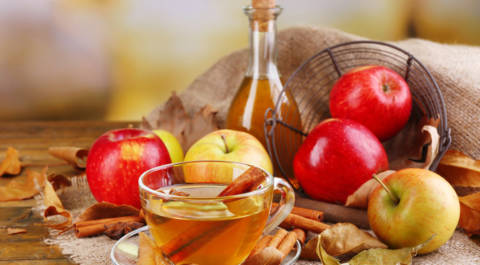Vegetarianism has ceased to be a controversial lifestyle choice, at least in most areas of the United States, and has since been replaced. Veganism, which not only eliminates meat from one’s diet, but removes all animal products including dairy, eggs, seafood, and even honey, now holds the title, though it’s not without competition.
Like Organic Soul on Facebook
As veganism is gaining its own universality, the adoption of a raw food diet is considered newly radical.
While adopting raw food is less of a diet, and more of a lifestyle change, it can nevertheless help improve your health and keep you close to an overall organic life, something we all aim for in good eating habits.
So, you may ask yourself, what exactly is a raw food diet and why should you consider it? In brief, it aims to preserve the enzymes in natural food that help aid digestion and the absorption of nutrients that can often be lost in the cooking process. The idea stems from the fact that many foods lose their “essence” after boiling, frying, or other techniques.
The threshold to deem a food “raw” is generally considered to be 116 F, and to maintain a raw food diet, nothing may be cooked above this temperature.
While at first glance this may be frightening, the benefits are real, and for those who have organic gardens, starting up can be a cinch. Besides preserving essential enzymes, eating raw can create increased energy, improved complexion, weight loss, system cleansing, reduced consumption of trans and saturated fats, and reduce the risk of heart disease.
For new converts, the diet works as a detox that clears built up fatty substances from your internal systems and digestive tract. Because of this last note, trying the raw food diet out for a week or two has its own perks, even if you don't completely change your eating habits.
While it may seem difficult to imagine preparing all your foods raw, there are a variety of options and many proponents of the lifestyle find no problem adapting to it. You’ll find there are many food items you probably already eat that are raw – guacamole, pesto, and salsa are some examples.
Juicing is a popular technique used by raw foodists that utilizes the natural sweetness and moisture in fruits and vegetables to make drink blends, smoothies, and recipe ingredients. Some crackers, breads, and cookies can even be prepared using raw ingredients and a dehydrator, which keeps the temperature below 116 F.
Other popular items include nuts, dried fruit, coconut milk, and recipes such as lettuce wraps and cold soups. Also, don't be afraid to try some of your favorite recipe raw food style. For instance, try your hand at making some “Essene Bread”, and after combining lettuce, tomatoes, and avocado, you'll end up with a great tasting, nutritious meal.
For those still unconvinced, it's worth mentioning that a raw diet can even be maintained without adopting veganism or even vegetarianism, allowing for the consumption of eggs, fish, meat, and raw dairy products. A celebrated example of this is Carpaccio, a dish of thinly sliced and seasoned raw beef or fish.
At the same time, however, care must be taken to ensure that you’re getting the proper nutrients to your body because, like any limited diet, there is risk for nutritional defic iencies. Be particularly concerned of calcium (usually found in dairy products), iron (usually found in meat products), vitamin B12, and protein.
iencies. Be particularly concerned of calcium (usually found in dairy products), iron (usually found in meat products), vitamin B12, and protein.
For these, bump up your calcium with dark, leafy greens, your iron with legumes such as kidney beans, peas and lentils, B12 with tofu based drinks or nutritional yeast, and protein with plenty of raw nuts.
We should keep in mind that this diet is not without its critics, both for nutritional and taste reasons. Regardless, a raw food diet is undeniably natural and wholesome, offering us a good step towards sustaining a healthy, organic lifestyle. Try it out, and who knows, you may find yourself eating completely raw in no time!













